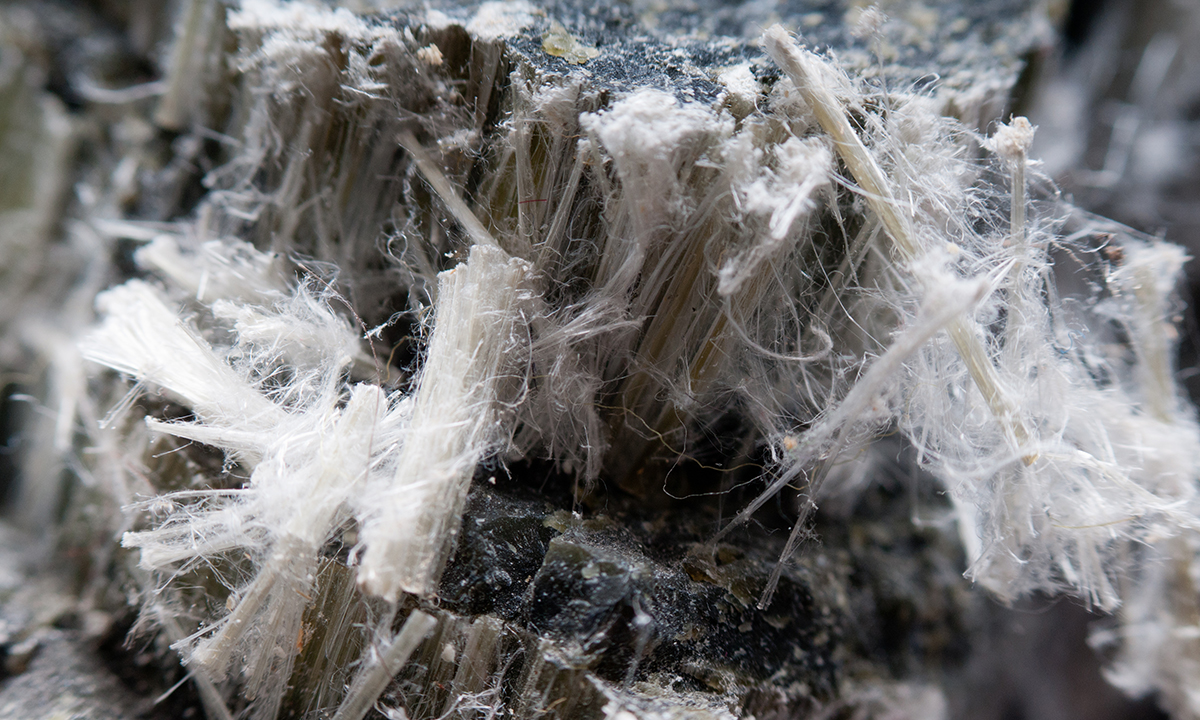YOUNG, fit tradies are not the kind of patients that GPs and respiratory physicians expect to see wracked with coughing fits and struggling to draw breath, but a recent spate of such presentations is ringing alarm bells about a resurgence in silicosis and other occupational lung diseases.
“A lot of these lung diseases are thought of as historical conditions that don’t occur anymore,” says Dr Ryan Hoy, a respiratory physician and senior research fellow with the Department of Epidemiology and Preventive Medicine at Monash University.
“There has been massive improvement in occupational hygiene measures over the past half century, but there are still many risks present in workplaces and many agents which aren’t thought of as being occupational risks.”
Silicosis is making a comeback among workers who cut the artificial stone used in kitchen benchtops. Around 6.4% of Australian workers are currently exposed to respirable crystalline silica at work, 3.3% at a high level.
“[We are seeing] cases of a very severe, aggressive form of silicosis in quite young people,” Dr Hoy tells MJA InSight in an exclusive podcast.
“Artificial stone benchtops [contain] very high levels of silica dust … [we are seeing cases of silicosis] after 5 years of exposure. Usually, it shows after 10 or 15 years of exposure. The severity is so great, some of these workers have required lung transplantation.
“This is a condition that we need to flag. Early identification would be a huge step forward.”
And that’s where GPs come in, says Dr Hoy.
“[Taking an] occupational history should be thought of in a similar way to a smoking history,” he said.
“We ask our patients about smoking because we know it can cause lung disease, but we also should be asking what they do for work, because that can also cause respiratory problems.
“It should be a standard part of every history-taking, especially when you’re seeing a person of working age with a new respiratory problem, or if their respiratory problem has been difficult to control, or it’s a bit of an unusual presentation.
“Ask the patient what they do for work – what specifically is involved in the job they do. For example, a baker; what hours do they work? What kinds of flour are they exposed to? How much dust is in the air?
“In these areas you really should have a high index of suspicion, and if you have any concern about a possible occupational cause, then getting a respiratory physician or an occupational physician involved would help establish that diagnosis.”
Dr Hoy is the co-author, along with Associate Professor Fraser Brims from Curtin University, of a Narrative Review of occupational lung diseases published in the MJA.
The biggest challenge in the field of occupational lung diseases, he says, is a lack of current data.
“We have some knowledge through epidemiological studies that give us some idea of the numbers of workers who are exposed to particular factors, but in terms of the actual cases of occupational lung diseases … there’s no actual recording of specific cases in Australia at the moment … apart from a little bit of insight through workers’ compensation statistics.”
The exception is mesothelioma, which is monitored via the Australian Mesothelioma Registry.
“What we’re very concerned about now is that [data such as those kept in the Australian Mesothelioma Registry] is information about what’s happened in the past,” says Dr Hoy.
“There is a lack of knowledge about exposures and diseases that are happening now.
“We spend a huge amount of time at our workplaces – as adults we spend about 25% of our entire week at work – so [the air we breathe at work is a] major determinant of respiratory health.
“If we can identify an occupational cause of a lung disease, then we can modify that exposure at work. It’s going to really help in reducing the prevalence of those particular conditions. We can protect other workers.”
In another Narrative Review in the MJA, authors led by Professor Bill Musk, emeritus physician at Sir Charles Gairdner Hospital in Perth, examine the Australian experience of mesothelioma, including epidemiology, diagnosis, prognosis and management of the disease.
“The numbers of new cases and the age-standardised incidence rates have probably now reached their peak values in Australia,” Musk and colleagues wrote.
“The incidence of malignant mesothelioma commenced rising here in the 1960s, but the long latency between exposure to asbestos and the onset of disease (the risk increases continuously and exponentially after 10–15 years, with a mean latency of 30–40 years) means that the peak has only now been reached.
“Given the continuing legacy of asbestos-containing materials in many Australian homes and buildings, there is increasing concern about people being exposed to asbestos when performing domestic tasks and renovations, and it is likely that the elevated prevalence of malignant mesothelioma in Australia will persist for some decades.”
Dr Hoy, who was not a co-author on the mesothelioma review, told MJA InSight that there was still a large amount of asbestos products in the community.
“Australian has the dubious title of being the highest per capita users of asbestos products worldwide,” he said.
“We’re still dealing with the legacy of exposure to those products. In the 1950s, 1960s and 1970s, there was a high level of exposure and we’re still seeing those cases coming through now.
“Unfortunately, we’re going to see that for many years to come because there is a [large amount] of asbestos out in the community.”
To find a doctor, or a job, to use GP Desktop and Doctors Health, book and track your CPD, and buy textbooks and guidelines, visit doctorportal.

 more_vert
more_vert